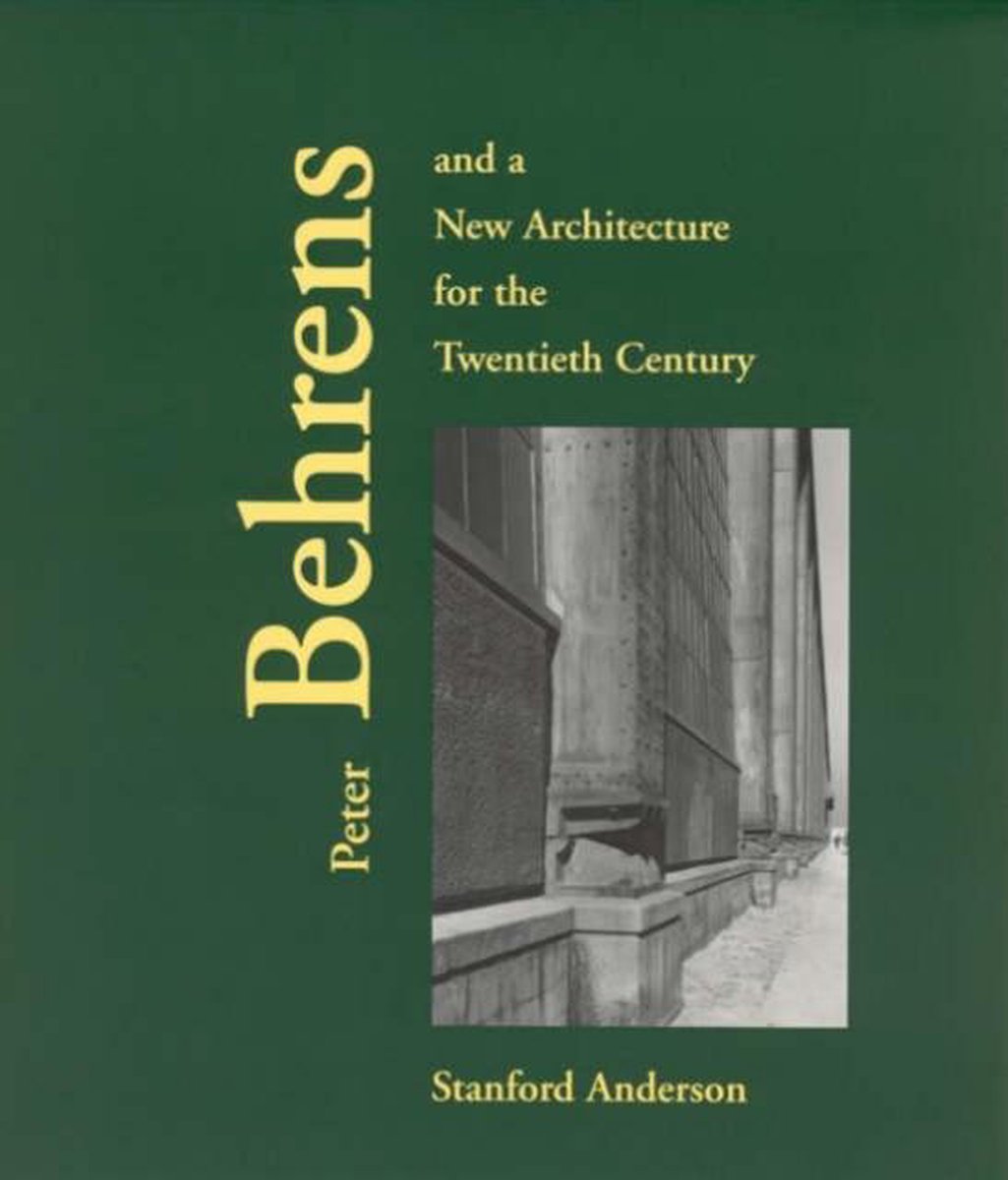Peter Behrens and a New Architecture for the Twentieth Century
Maak tweedehands je eerste keus
- Alle boeken zijn met de hand gecontroleerd
- 30 dagen retourgarantie
- Gratis verzending vanaf 4 boeken of 40 euro
- Op werkdagen voor 15:00 besteld, dezelfde dag verzonden
Sorry, niet op voorraad
ISBN
9780262511308
Bindwijze
Paperback
Taal
Engels
Auteur
Uitgeverij
Mit Press Ltd
Jaar van uitgifte
2002
Aantal pagina’s
444
Waar gaat het over?
Lees verder
Recensies
Eenvoudig en veilig inloggen

